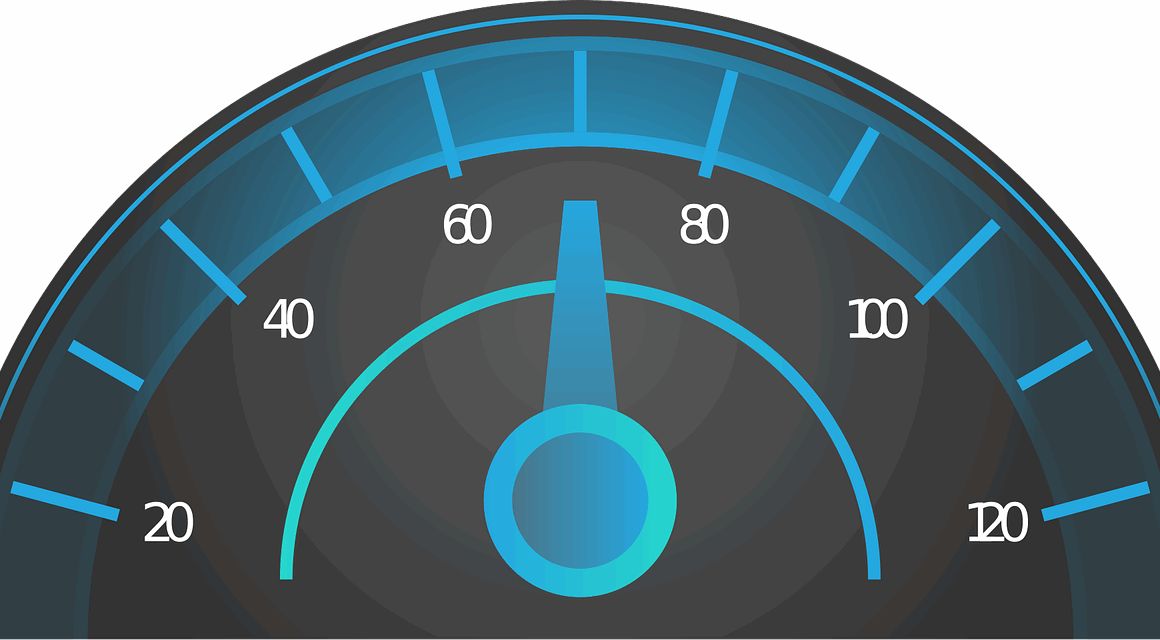Speed Optimization and UX: A Growth Hacker’s Guide
In today’s digital landscape, speed optimization is crucial for the user experience (UX) and overall growth of any online business. A website that loads slowly can lead to high bounce rates and diminished customer satisfaction, violating core growth hacking principles. Growth hackers must prioritize speed alongside UX design to enhance engagement and conversion rates. Techniques such as reducing image sizes, minifying CSS and JavaScript, and utilizing caching can contribute significantly to loading speeds. Moreover, employing Content Delivery Networks (CDNs) can distribute content closer to users, effectively minimizing load times. As pages load faster, users are likely to stay longer, exploring more of the site and ultimately enhancing conversion opportunities. Analytics tools can be employed to monitor site performance, pinpointing aspects needing improvement. Collaborations between UX designers and growth hackers are essential, enabling an alignment of goals and methodologies. User feedback is invaluable, allowing teams to understand perceptions of speed and overall usability, leading to more informed design decisions. Integrating speed optimization into the growth strategy sets the foundation for a robust online presence.
Understanding the connection between speed and UX design is imperative for effective growth hacking strategies. Speed impacts user behavior significantly; studies indicate that even a one-second delay can lead to decreased satisfaction levels and increased abandonment rates. Furthermore, fast-loading websites tend to rank higher in search engine results, effectively enhancing visibility. Growth hackers should leverage tools like Google PageSpeed Insights to evaluate their website’s performance metrics continuously. These insights reveal specific areas where speed improvements can be applied to enhance the user journey. Another effective strategy is to simplify site navigation, ensuring users can find what they need without delays. Streamlining web experiences will positively contribute to higher user retention rates as well. It is essential to test various optimization techniques, learning from each implementation. A/B testing can display the effects of different changes on both speed and UX, guiding future decisions. Understanding that both aspects influence conversion rates, growth hackers can adopt a comprehensive optimization model that marries speed with visual aesthetics and user journey considerations.
Best Practices in Speed Optimization
To achieve optimal speed performance, implementing best practices in speed optimization will yield great results. Begin with thorough assessments of your website’s current performance, using analytics tools for insights. Compress images without sacrificing quality to drastically reduce load times. Use appropriate formats like WebP for a smaller footprint while maintaining visual fidelity. Minify CSS and JavaScript files to reduce their size and eliminate unnecessary characters. Employing async and defer attributes for script loading can prevent render-blocking time during crucial user experiences. Additionally, prioritizing above-the-fold content when loading can create immediate value for users as they interact with your site. It often improves perceived performance, leading to increased satisfaction. Regular audits will reveal sections that may need an immediate revamp. Addressing server response times is also critical; fast servers contribute directly to overall user experience. Overall, it’s about consistently reviewing practices, adapting to emerging technologies, and recognizing user demands as they evolve. By doing this effectively, growth hackers can create seamless interactions that engage users and spur business growth rates significantly.
Incorporating speed optimization into marketing campaigns expands growth opportunities. Promotional strategies requiring heavy graphics or multimedia content can potentially hinder user experiences when not optimized. Therefore, balance is needed for effective campaign management in growth hacking. Start by selecting the right platforms that support your audience’s engagement with minimal load times for promotional content. Leverage A/B testing during campaigns, experimenting with various media formats to gauge user responses. Monitoring metrics during campaign launches will reveal how audience engagement shifts in relation to load times, allowing insights into user preferences. Another effective strategy is scheduling content updates during low-traffic hours. This will minimize disruption while allowing users continuous access to optimized content efficiently. Implementing such strategies ensures that speed never sacrifices the overall quality of marketing campaigns while allowing for potential growth. Users empowered by a positive experience are likelier to share their experiences, thus fueling organic growth and driving traffic. Establishing a consistent framework for promoting speed optimization leads to improved user engagement and performance across all marketing avenues.
The Role of UX Design in Speed Optimization
UX design plays a vital role in enhancing speed optimization, as the two elements work hand in hand. A well-designed user interface ensures that users navigate through interfaces smoothly, with minimal waiting times. While speed is vital, UX design focuses on how users interact with the website as they explore. Strategic placements of crucial content and calls to action can facilitate seamless interaction with minimal latency. When users perceive their journeys as intuitive and fast, the likelihood of achieving desired conversions increases exponentially. Successful design principles emphasize faster loading times as pivotal aspects that influence user engagement. Furthermore, incorporating features like lazy loading can make significant differences without interruptions to the UX journey. Providing engaging visuals that don’t compromise load speeds enables a delightful exploration of content. Therefore, collaboration between UX designers and growth hackers is essential for accomplishing both speed and quality. User testing can reveal specific enhancements needed, ensuring that both optimization and user satisfaction remain top priorities. To maximize performance impacts and user delight, this partnership is invaluable for sustained growth in the competitive digital marketplace.
The future of speed optimization and UX design will likely witness an evolving synergy as technology advances. Emerging tools focused on AI-driven optimizations showcase wonderous potential for personal web experiences. Predictive algorithms are capable of adjusting content dynamically based on user behavior, consequently improving loading speeds and overall engagement. Further investments in WebAssembly technology promise to enable faster website executions, captivating growing audiences. Additionally, as the popularity of mobile browsing rises, optimizing for mobile speed is crucial, given the unique constraints of portable devices. Adapting designs that meet users’ on-the-go preferences encourages relevant touchpoints and carefully curated interactions. Growth hackers must embrace new trends to stay ahead of competition, actively participating in workshops and continuous education about speed optimization and UX design. A proactive approach toward integrating the latest technologies assures stakeholders of a solid commitment to improvement and innovation. Consider leveraging community forums to exchange experiences and showcase newfound strategies. The community’s collective knowledge can fuel enhanced practices, enabling cohesive growth for businesses and websites alike. Identifying future trends contributes to established reputations as industry leaders in optimization and UX excellence.
Measuring Success in Speed Optimization
Establishing success metrics for speed optimization allows growth hackers to quantify the effectiveness of their strategies. One of the primary indicators is monitoring loading speeds using tools such as GTMetrix and Google PageSpeed Insights. Such platforms offer valuable data points to inform decision-making and indicate where further optimizations can occur. Additionally, tracking user engagement metrics can reveal critical insights; metrics like time on site, pages per session, and bounce rates help assess how speed impacts user experiences. As benchmarks are established, continuous revisits will indicate improvements over time as speed-related enhancements manifest. Segmenting users based on the performance of the shared experience across devices can yield deeper insights into diverse user preferences. Regularly analyzing downtime frequency alongside user feedback can highlight risks that may thwart sustained growth. Creating comprehensive reports to share with stakeholders also fosters transparency and accountability. Celebrating milestones achieved following optimizations enhances team morale while motivating further progress. The evolution of speed optimization lies in a meticulous review of measurements aligning with organizational goals, ensuring user satisfaction remains paramount and effectively driving business success.
Collaboration among growth hackers, UX designers, and developers sets the stage for speed optimization initiatives to flourish. Teams should foster a culture of creativity, intertwining distinct skills and perspectives to address user experience holistically. Users are at the heart of any growth strategy; simultaneously considering speed and UX ensures the visitor’s journey prioritizes satisfaction. Cross-functional workshops can initiate conversations around user-centric designs and performance metrics, leading to a more profound understanding of objectives. Encouraging open feedback channels strengthens team dynamics and ensures alignment towards a common vision, as continuous improvement becomes a shared goal. By recognizing each member’s roles in contributing toward project outcomes, motivation and focus enhance. Test-driven projects can empower teams, proving that streamlined communication generates better results. Celebrating successes based on speed optimizations creates an enthusiastic feedback loop; continual enhancement plans can emerge as a result. Learning from every campaign’s experiences and insights allows iterative processes to mold future initiatives effectively. Forward-thinking teams have what it takes to innovate beyond constraints while ensuring success will remain intertwined with growth and user satisfaction moving ahead.


